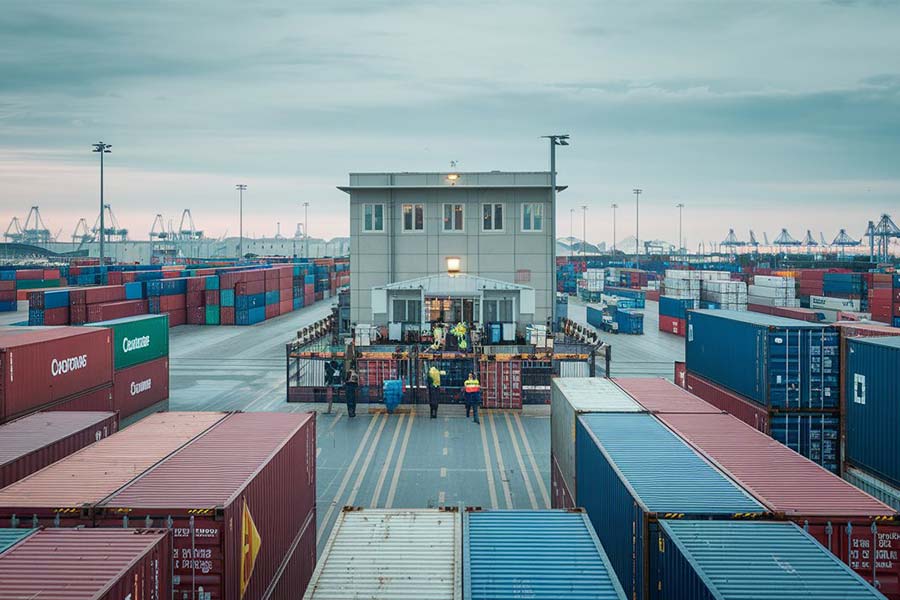
1. How to Choose a Reliable Pop Piano Manufacturer?
Before acting as an export agent, it is crucial to thoroughly evaluate the manufacturer'sProduction qualificationsandQuality system:
- Verify ISO9001 Quality Management Certification
- Confirm the coverage scope of export certifications such as CE/RoHS.
- Pay special attention to compliance with the EU EPR Packaging Directive.
- Evaluate the large-scale production capacity of over 100,000 units per year.
- Verify intellectual property (design patents, utility model patents)
II.Export agentWhat basic skills are needed?
According to the latest customs regulations for 2025, the following must be prepared:
- Customs AEO Advanced Certification Qualification
- E-Port IC Card (with cross-border payment function enabled)
- Authority to Issue Certificates of Origin (particularly under the RCEP Agreement)
- Export License for Musical Instrument Products (HS Code 9201200000)
III. What packaging specifications should be noted when shipping pianos by sea?
Recommended adoptionFive-layer protective packaging system:
- First layer: Wrapped with PE moisture-proof film
- Second layer: 5cm thick EPE pearl foam cushioning layer
- Layer 3: Seven-ply corrugated carton (must pass ISTA 3A test)
- Fourth Layer: Steel Frame Fixed Wooden Box (Moisture Content ≤18%)
- Level 5: Airbag Filling System Inside the Container
IV. What are the common issues with piano customs clearance?
According to the statistics of customs clearance data over the past three years, the main obstacles include:
- Missing IPPC mark on wooden packaging (accounting for 37%).
- Inaccurate declaration of soundboard material (spruce wood must specify the Latin scientific name).
- The lead content in EU REACH Annex XVII exceeds the limit (threshold 0.05%).
- Proof of Timber Legality as required by the U.S. Lacey Act
V. What special certifications are required for different markets?
- EU: EN 71-3 Toy Safety Standard (Applicable to Children's Pianos)
- United States: ASTM F963 Physical and Mechanical Testing
- Japan: PSE Circle Certification (for products with power ≤600W)
- Middle East: G-mark certification (humidity adaptation proof required)
VI. How to OptimizeExport tax refundThe flow?
Recommended adoptionAutomated Three-Way Matching System:
- The discrepancy between the customs declaration form and the VAT invoice amount should be controlled within ±2%.
- The time for receiving payment should be controlled within 90 days after export.
- Prioritize the "one-day refund" model in the comprehensive bonded zone.
- Please note the new VAT refund rate for musical instrument products to be implemented in 2025 (current rate: 13%).
7. How to Select a Target Market?
According to the global trade data for Q1 2025:
- Growth markets: Southeast Asia (19% annual growth)
- High-end market: Procurement volume from German professional institutions increased by 32%.
- Emerging Market: Saudi Music Education Institutions Procure 2,000 Units Annually
- Risk Market: U.S. Imposes Additional 25% Special Tariff
8. How to establish an after-sales service system?
Recommended adoptionThree-tier service network:
- Level 1: Manufacturer's technical team (handling major quality issues)
- Level 2: Overseas Warehouse Spare Parts Center (stocking frequently needed consumables such as strings and actions)
- Level 3: Local authorized repair center (must pass Yamaha technical certification)
IX. How to Prevent International Trade Risks?
- Apply for Sinosure comprehensive insurance (covering political risks + commercial risks).
- Adopt the LC-CFR combined settlement method.
- Sign the quality objection period clause (recommended 60-90 days).
- Establish a product traceability system (including timber origin tracing)


 Follow Customer Service WeChat
Follow Customer Service WeChat